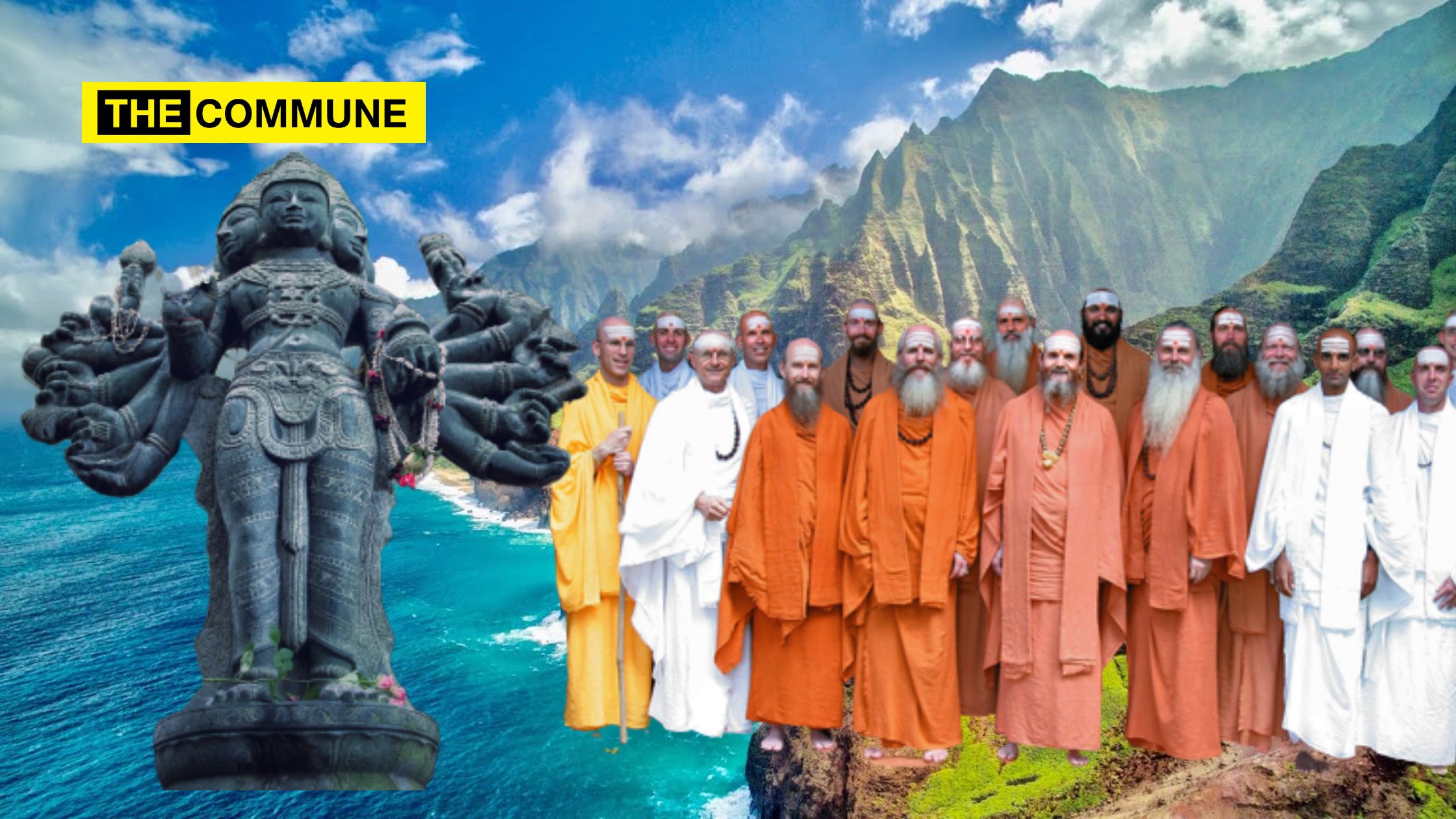
When one thinks of Hindu monastic orders, one usually imagines them in India or other Asian countries where the religion has a long history and a large following.
Discussions on any Hindu sanyasi/monk organisation typically bring to mind organisations like the Ramakrishna Mission founded by the world-renowned Swami Vivekananda, the Gujarat-based BAPS Swaminarayan Order, older Indian monk orders inspired by Sri Shankaracharya, the women-centric Brahma Kumaris Order, the Bharat Sevashram Sangha and a multitude of other, small, regional guru-inspired groups or individuals scattered all across India, some known and many choosing to remain unknown.
But few people know that there is a unique and vibrant Hindu monastery in Hawaii, a US territory in the Pacific Ocean. This monastery follows the South Indian Saiva Siddhanta tradition and has been serving as a spiritual sanctuary and a cultural hub for Hindus and seekers from around the world for over five decades. In this article, we will explore the origins, activities, and achievements of this remarkable Hindu institution in Hawaii.
Hinduism In Hawaii
It comes as a surprise to most when one discovers information about a distinctly South Indian Hindu monk order, halfway across the globe, in the Pacific Ocean islands of Hawaii, a territory of the USA. The Hindu monastery and temples are located on Hawaii’s Kauai island.
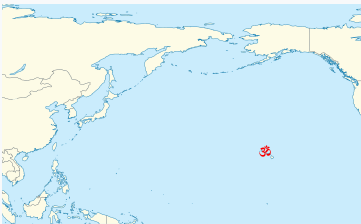
Two traditional South Indian Saivite Hindu temples are located on the monastery’s 382 acres, Kadavul Temple and the Iraivan Temple, a rare, all-granite Chola-style temple carved in Bangalore, India, and assembled on Kauai.
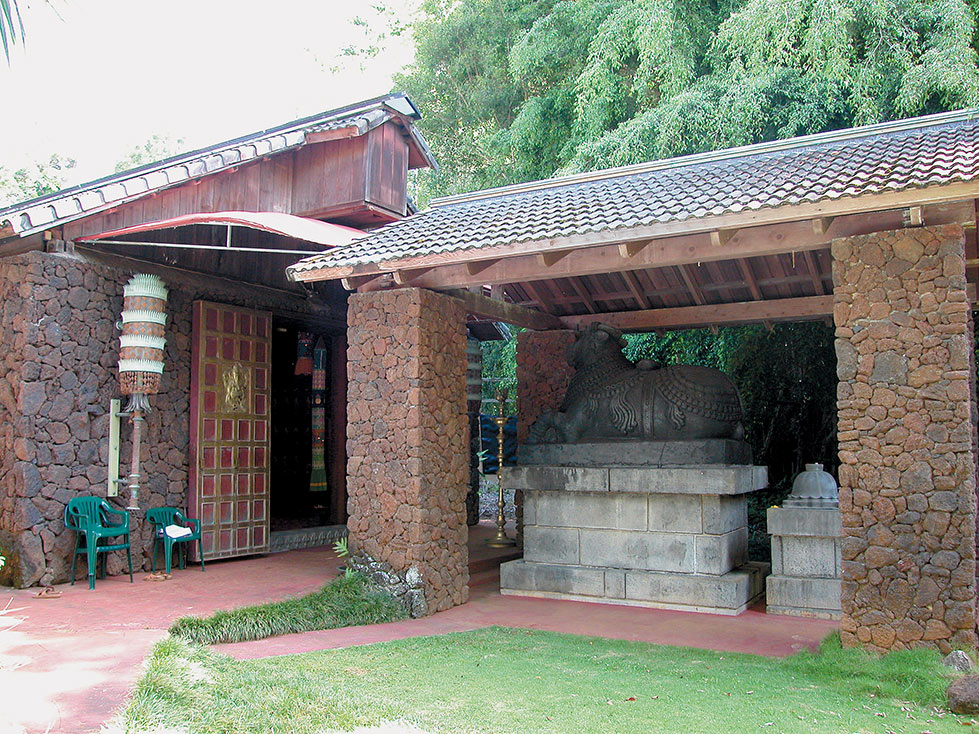
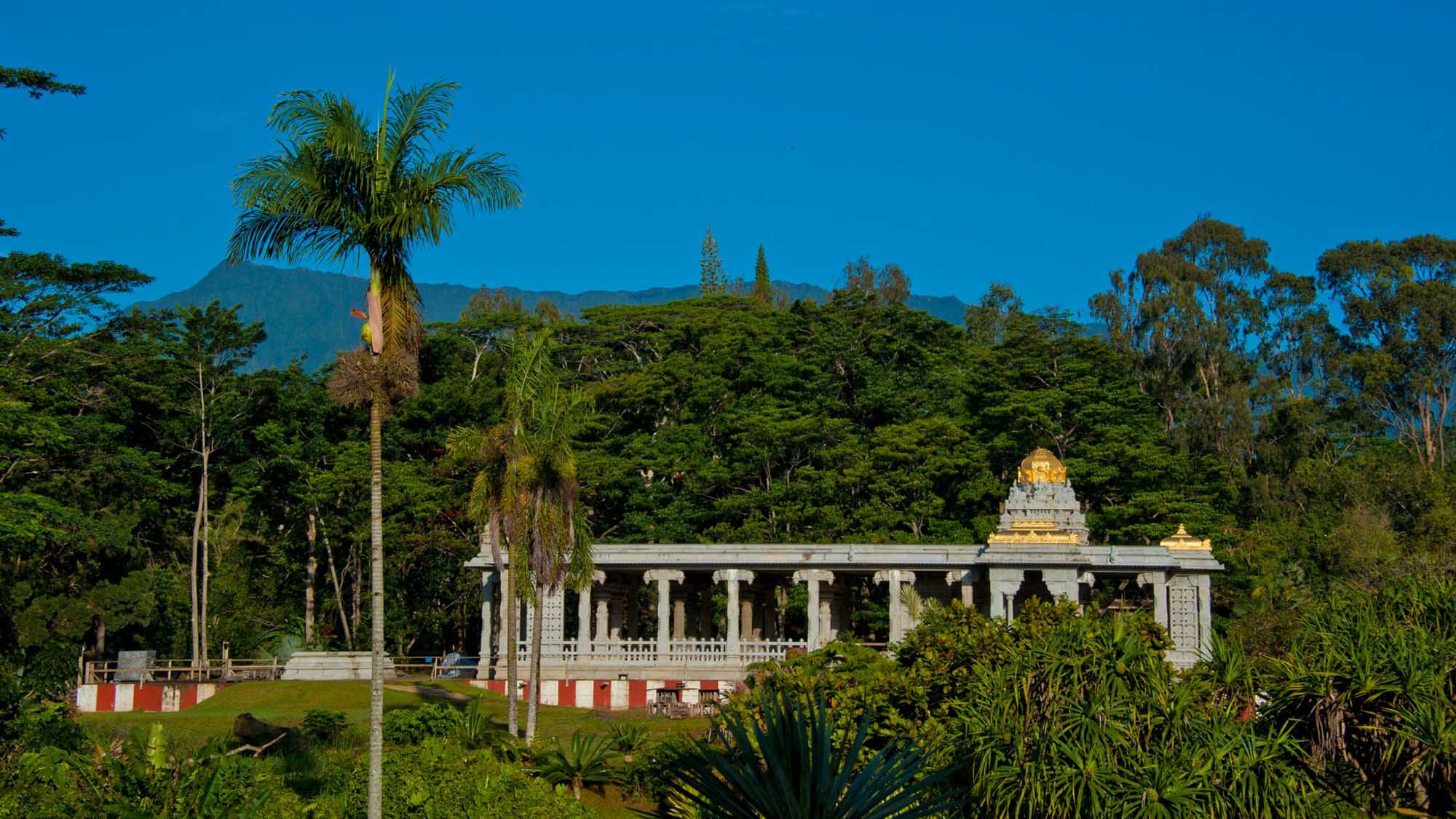
The lush temple grounds are home to granite murtis of Dakshinamurti, Hanuman, Shanmugam, Narmada Lingam, Murugan’s Shakti Vel, Ganesha, Nandi, the Guru Parampara, and more.
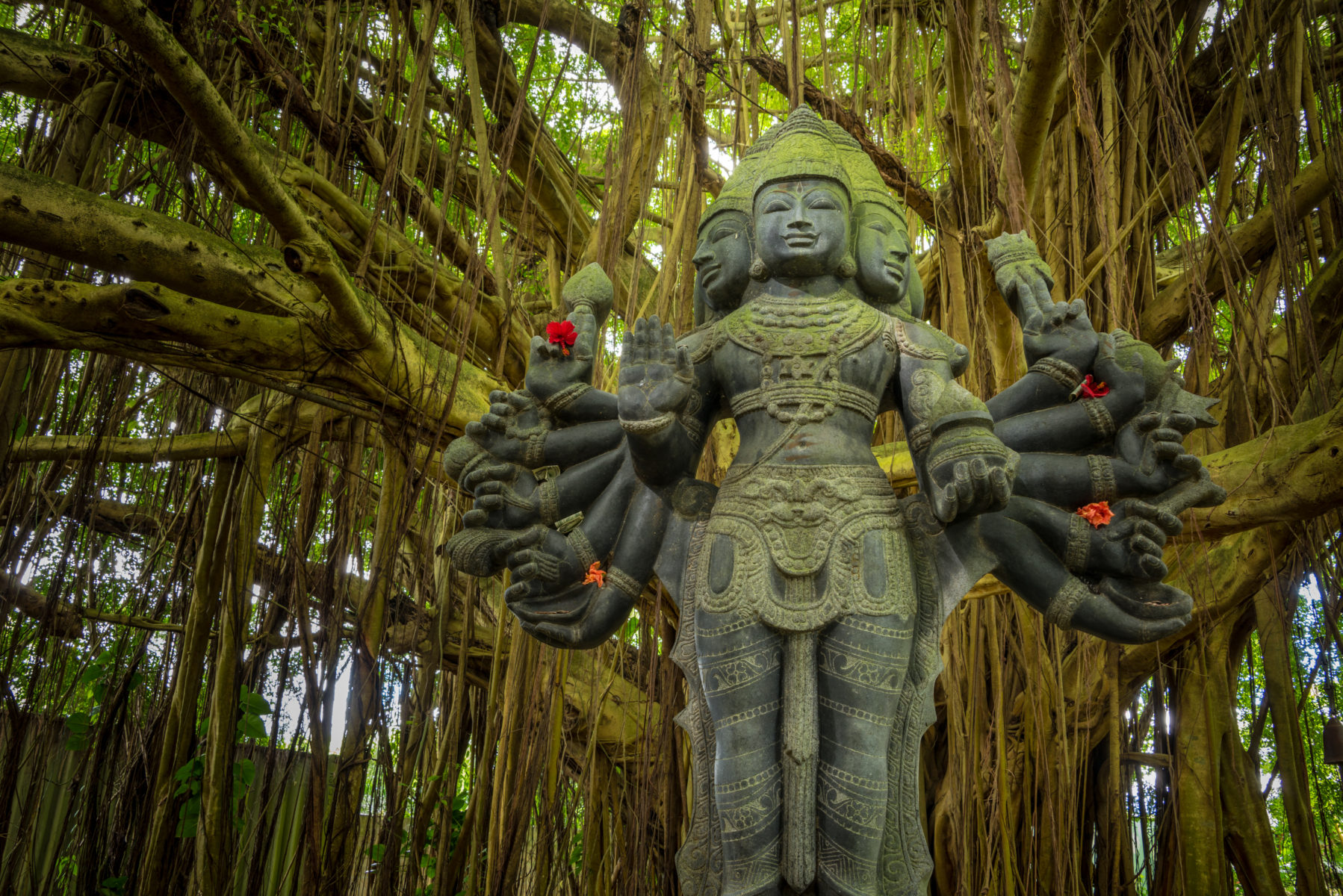
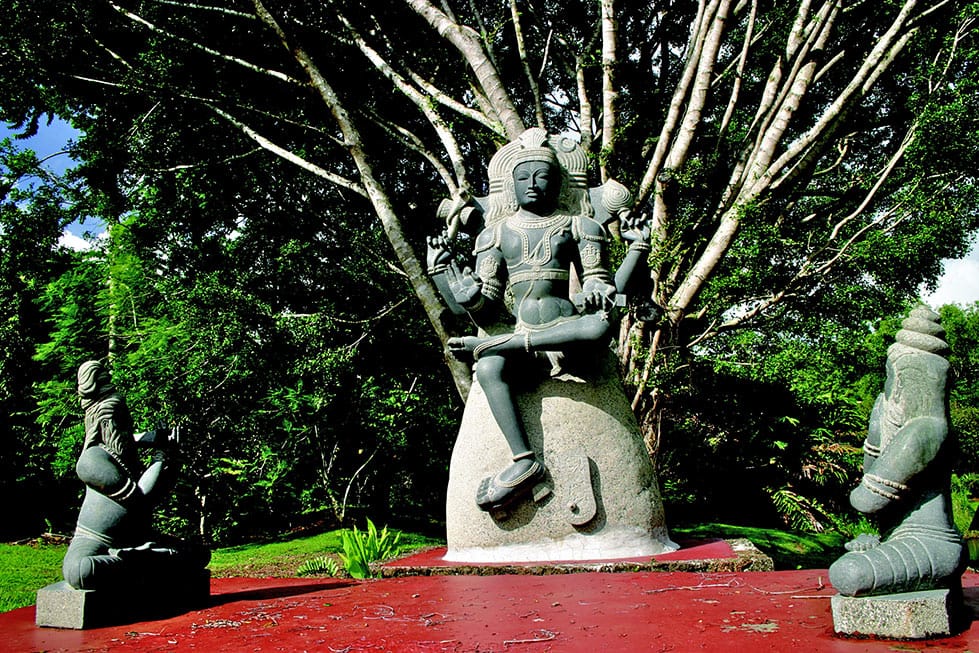
The core of the monastery is the renowned Kadavul Temple in which Lord Siva Nataraja is enshrined.
Kauai’s Hindu Monastery: A Sacred Sanctuary For Shiva Worship
Satguru Sivaya Subramuniyaswami (1927-2001) founded the Saiva Siddhanta Church in 1949 and established this powerful spiritual sanctuary in 1970. It is the home of the current guru, Bodhinatha, and his order of swamis, yogis, and sadhakas from different nations. The monastery is the headquarters and theological seminary of Saiva Siddhanta Church. It is also home to the Himalayan Academy (1965), Hinduism Today magazine (1979), and Hindu Heritage Endowment (1995).
The monastery’s guru lineage is rooted in the Tamil Saiva tradition of Sri Lanka and South India. This ancient spiritual path was brought to America by Satguru Sivaya Subramuniyaswami (Gurudeva, 1927-2001) and continues today under his successor, Satguru Bodhinatha Veylanswami.
It was in 1970 that Gurudeva (1927–2001) founded this centre. He had travelled the world over with his “Innersearch Travel-Study” programs, seeking the perfect place for his spiritual headquarters. In 1968 the group stayed for three weeks at the Tropical Inn resort, as this property was then called. He had found his ideal location. In the decades to follow, the monastery developed and flourished based on the time-tested culture of Hinduism.
The Mystical Tradition Of The Nandinatha Sampradaya
The monastery’s religious tradition is the Nandinatha Sampradaya, which follows the monistic school of Saiva Siddhanta. The lineage is known as the Kailasa Parampara which extends back 2,200 years and beyond to Maharishi Nandinatha and his eight disciples—Sanatkumara, Sanakar, Sanadanar, Sananthanar, Sivayogamuni, Patanjali, Vyaghrapada and Tirumular.
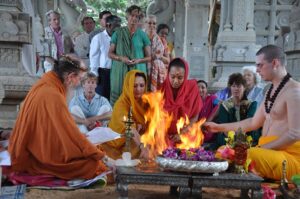
The philosophy is called Advaita Saiva Siddhanta or Advaita Ishvaravada, known in English as monistic theism or panentheism. Monistic theism simultaneously accepts that God has a personal form, that He creates, pervades, and is all that exists and that He ultimately transcends all existence, and that the soul is, in essence, one with God.
Joining The Saiva Siddhanta Yoga Order In Kauai
Kauai’s Hindu Monastery or Kauai Aadheenam (known to some as The Himalayan Academy) accepts young male candidates from every nation- young men from all over the world, who wish to follow an inner path of spiritual striving and religious service and are under the age of 24 (under 23 if outside USA), may be considered in their quest for joining the Saiva Siddhanta Yoga Order. The monastic order’s principal goals: striving to know the true, deeper meaning of Lord Shiva’s teachings and serving others. Following the monastic traditions of South India and Sri Lanka, the monks live in monasteries, away from the material world, to worship, meditate, serve, and realise the truth of the Vedas and Agamas, uplifting the world by their example.
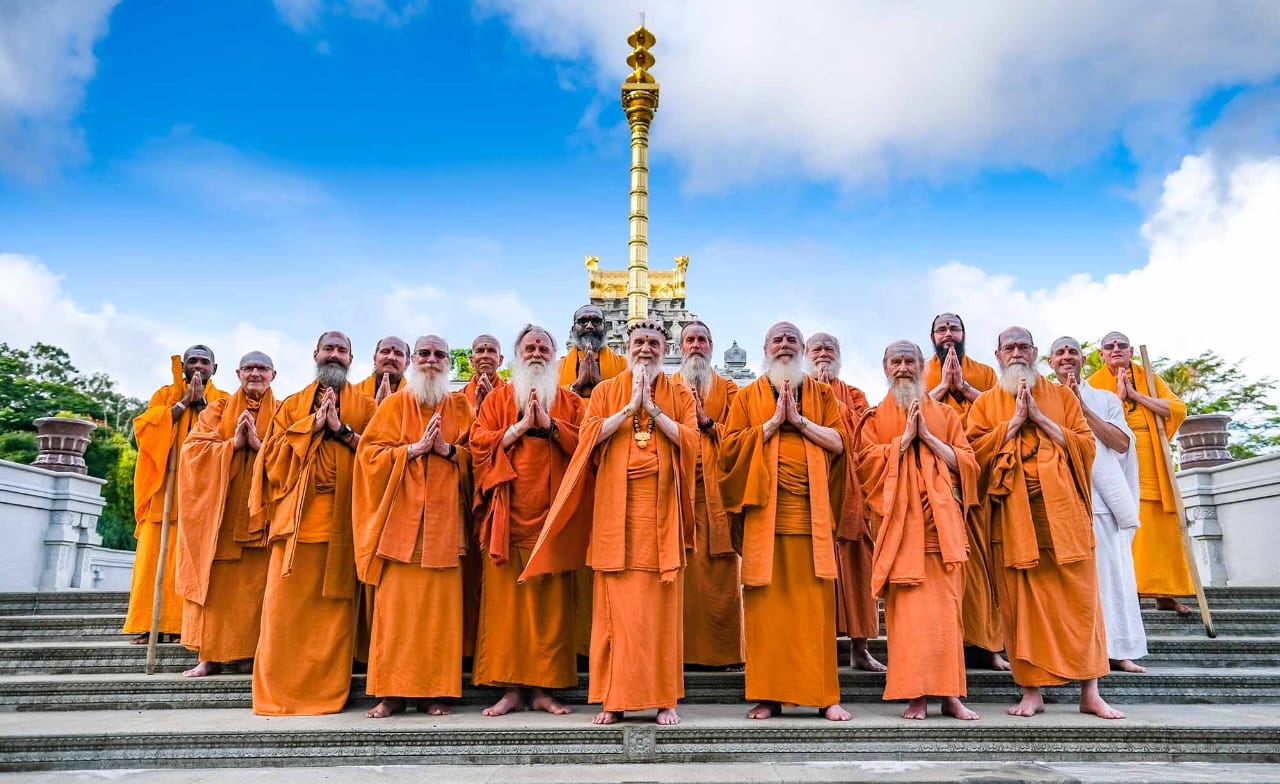
The Remarkable Life And Legacy Of Gurudeva Subramuniya
Gurudeva, the founder of the Monastery in Hawaii, was born in California, USA, and grew up near Lake Tahoe. Orphaned at age 11, he was raised by a family friend who had spent years in India and who brought him into the culture and beliefs of Hinduism. Trained in classical Eastern and Western dance and the disciplines of yoga, he became the premier danseur of the San Francisco Ballet at age 19.
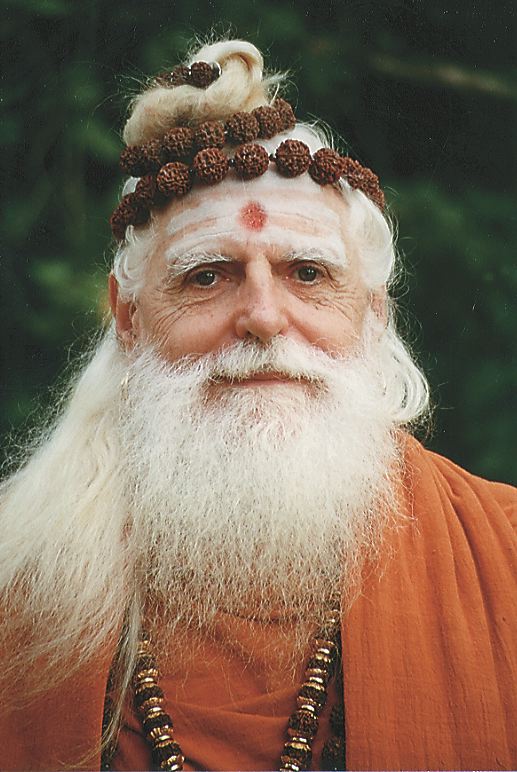
At the height of his career, he renounced the world, and in 1947 he sailed to India in quest of his spiritual master. In a remote Sri Lankan cave, he fasted and meditated until he burst into enlightenment. Soon after, he met Siva Yogaswami, who gave him the name Subramuniya and initiated him into Hindu monasticism. From then on, the great truths flooded through him like a torrent. The nature of reality, metaphysical principles, and methods for facing life’s challenges were obvious to him. What philosophers struggle to explain in complex theories, he articulated in simple language from his own experience. Ultimately, the cream of his inspired talks became the 3,000-page trilogy of “Dancing, Living, and Merging with Siva”, the first cogent, comprehensive expression of monistic Saiva Siddhanta in the English language.
The establishment of a Hindu temple in Hawaii is testimony to the eternity of Sanatana Dharma.
Click here to subscribe to The Commune on Telegram and get the best stories of the day delivered to you personally.




